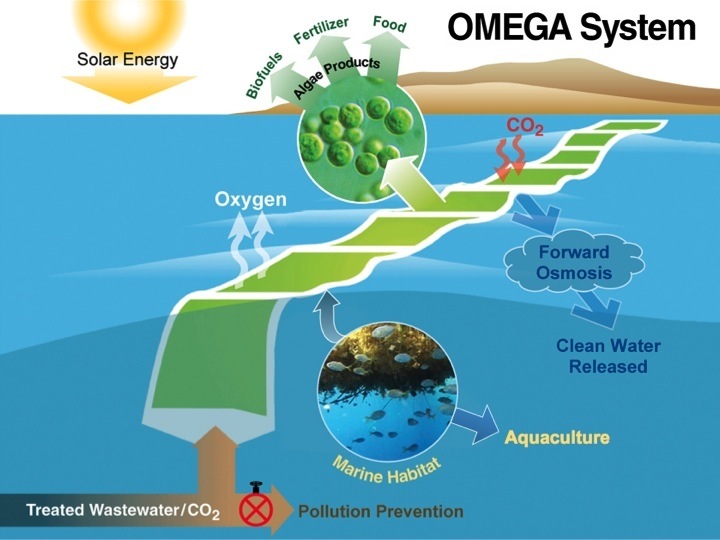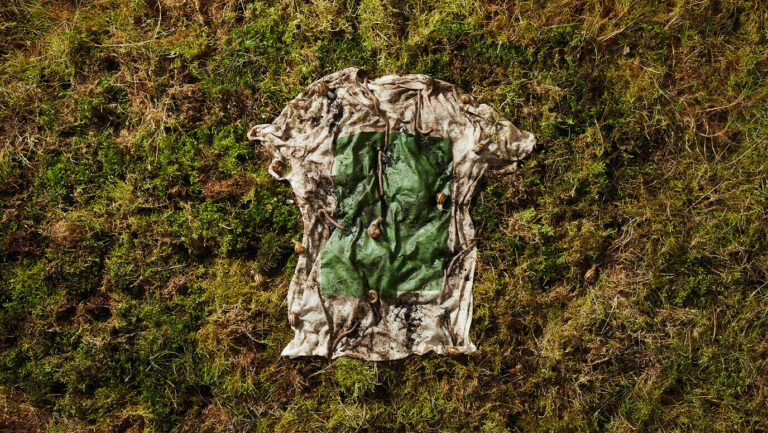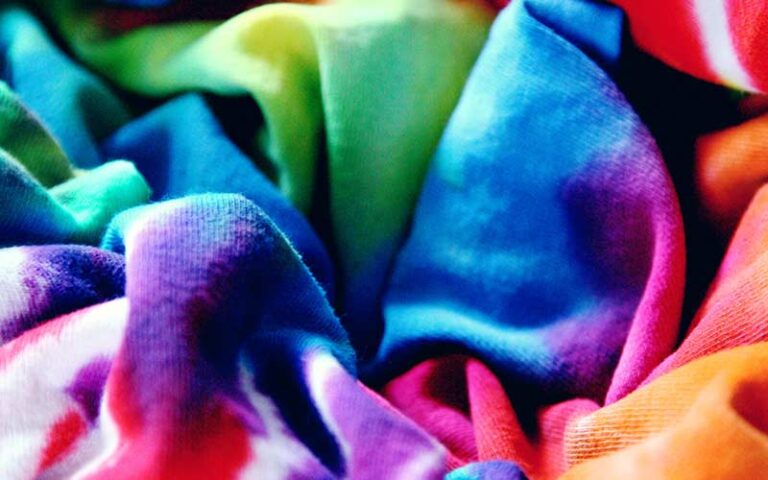Algae has enormous potential as a sustainable resource for making textile and apparel fabrics. In terms of manufacture, adaptability, durability, and environmental impact, algae-based materials represent a sustainable alternative to traditional textiles. Let’s investigate how algae can be used as a material, the kinds of products it can make, their durability, and environmental benefits and drawbacks.
- Algae-Based Material Production: The procedure usually entails producing and harvesting particular strains of algae, isolating the necessary chemicals, and transforming them into useful forms. To do this, the algae may be dried, crushed, and converted into a useful textile fiber or bio-based polymer.
- Versatile Applications: Numerous textile products, including apparel, footwear, accessories, and even home furnishings, can be made from materials derived from algae. These materials can be knitted, woven, or molded into various shapes to satisfy a variety of design and practical needs.
- Algae can be used up to 90% to create sustainable clothing.
- Durability and Performance: Algae-based materials show potential performance and durability traits. They can have properties that are similar to or even better than those of traditional textiles when processed and manufactured properly. Algae-based materials can be supple, permeable, and moisture-wicking, which makes them ideal for a variety of uses.
- Environmental Impact:
a. Pros:- Algae is a renewable resource that may be grown responsibly, minimizing the need for non-renewable resources.
- Algae absorb carbon dioxide from the atmosphere as they grow, possibly compensating for greenhouse gas emissions.
- Reduced Water Use: Growing algae often uses less water than growing cotton or other traditional textile crops.
- Low Chemical Dependency: Because algae can grow with fewer pesticides and fertilizers, pollution from chemicals is reduced.

- b Cons:
- Scale-Up Challenges: It may be necessary to do additional research and develop new technology in order to scale up algae production for large-scale textile manufacture.
- Processing Difficulty: The extraction and transformation procedures for goods made from algae can be difficult, necessitating the purchase of specialist machinery and infrastructure.
- Cost factors: At the moment, materials made from algae may cost more because of their restricted production and difficult processing. Costs could go down, though, as technology develops and economies of scale are realized.
- Scale-Up Challenges: It may be necessary to do additional research and develop new technology in order to scale up algae production for large-scale textile manufacture.
- Processing Difficulty: The extraction and transformation procedures for goods made from algae can be difficult, necessitating the purchase of specialist machinery and infrastructure.
- Cost factors: At the moment, materials made from algae may cost more because of their restricted production and difficult processing. Costs could go down, though, as technology develops and economies of scale are realized.
Algae-based materials have the potential to change the textile sector by providing a long-lasting and greener option to traditional fabrics. Algae-based products can support a more sustainable and circular economy thanks to their wide range of uses, durability, and advantageous environmental qualities like carbon sequestration and reduced water use. The entire potential of algae for producing materials for clothes and textiles will only be realized via sustained study, development, and invention, despite obstacles like scale-up and cost considerations. Looking towards a greener future with sustainable clothing.


